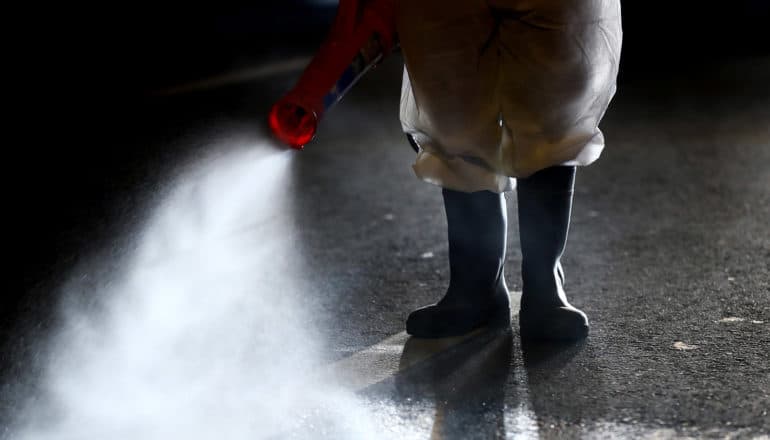
Two environmental engineers describe potential transmission pathways of COVID-19 and their implications, including the need for more quantitative virus research.
Much remains unknown about how SARS-CoV-2, the virus that causes COVID-19, spreads through the environment. A major reason for this is that the behaviors and traits of viruses are highly variable—some spread more easily through water, others through air; some are wrapped in layers of fatty molecules that help them avoid their host’s immune system, while others are “naked.”
This makes it urgent for environmental engineers and scientists to collaborate on pinpointing viral and environmental characteristics that affect transmission via surfaces, the air, and fecal matter, according to Alexandria Boehm, a Stanford University professor of civil and environmental engineering, and Krista Wigginton, visiting professor in the department of civil and environmental engineering and an associate professor at the University of Michigan.
In Environmental Science & Technology, Boehm and Wigginton call for a broader, long-term, and more quantitative approach to understanding viruses, such as SARS-CoV-2, that are spread through the environment.
They are also principal investigators on a new National Science Foundation-funded project to study the transfer of coronaviruses between skin and other materials, the effect of UV and sunlight on the coronaviruses, and the connection between disease outbreaks and virus concentrations in wastewater.
Here, Boehm and Wigginton discuss knowledge gaps, potential implications for safe water, promising research pathways, and other issues related to the control of viruses such as SARS-CoV-2:
The post There’s lots of discover about coronavirus transmission appeared first on Futurity.
from Futurity https://ift.tt/2xyzUyz
No comments:
Post a Comment